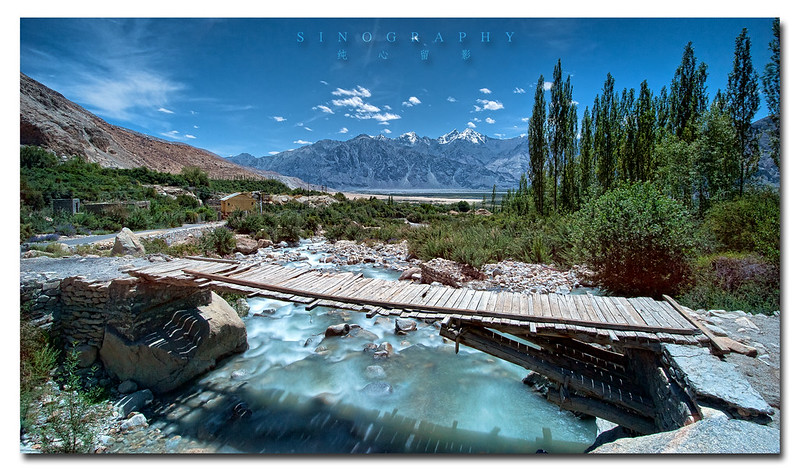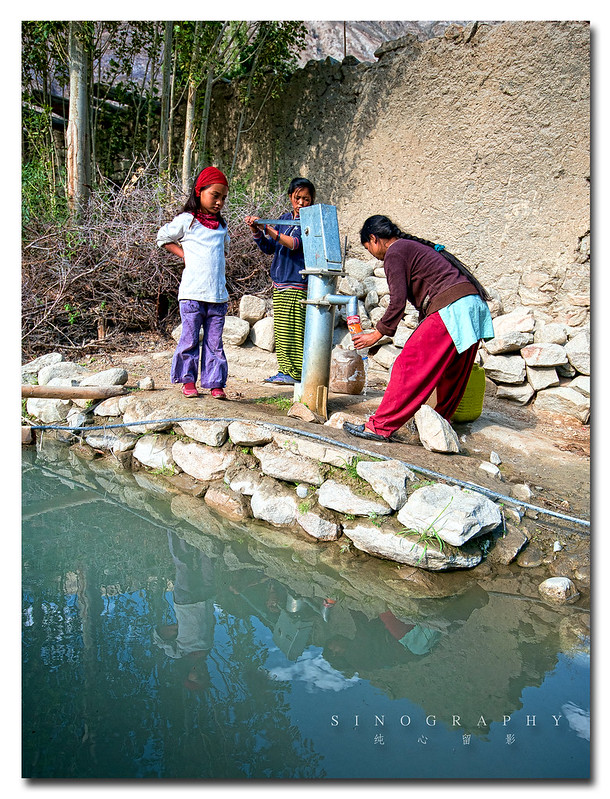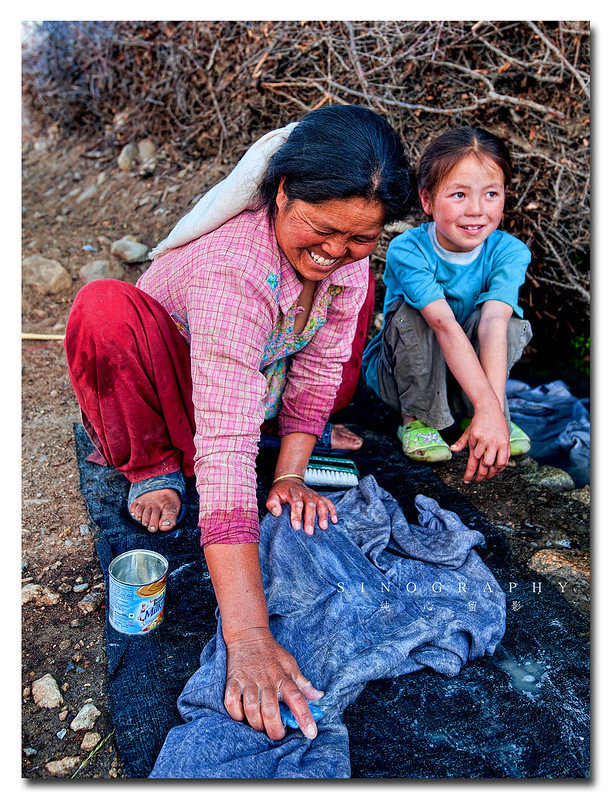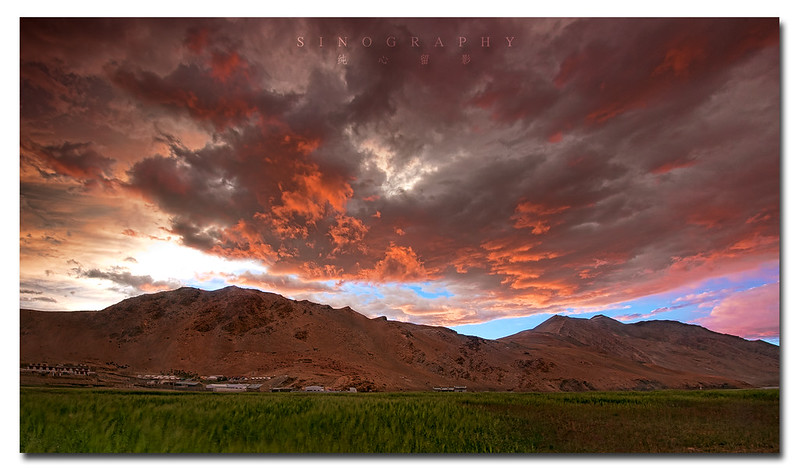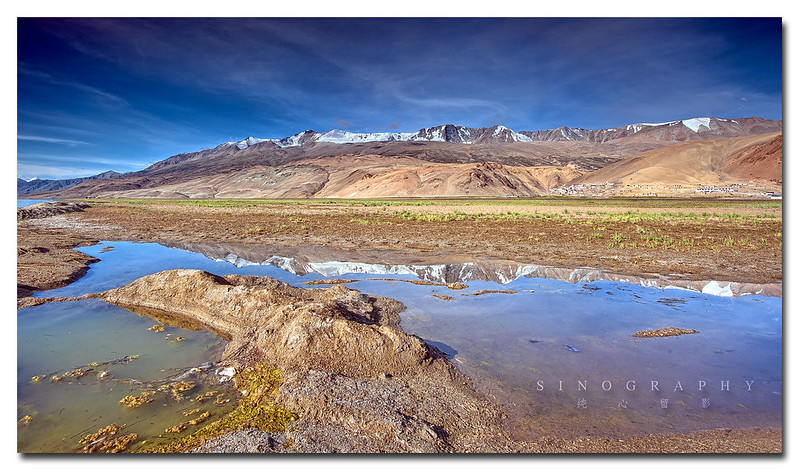- Sino's Travel Journal
- Thread starter sino238
- Start date
You are using an out of date browser. It may not display this or other websites correctly.
You should upgrade or use an alternative browser.
You should upgrade or use an alternative browser.
Beautiful set of photographs. Very, nice. :thumbsup:
Thanks for the comment! Ladakh is a good place for shooting!!
Last edited:
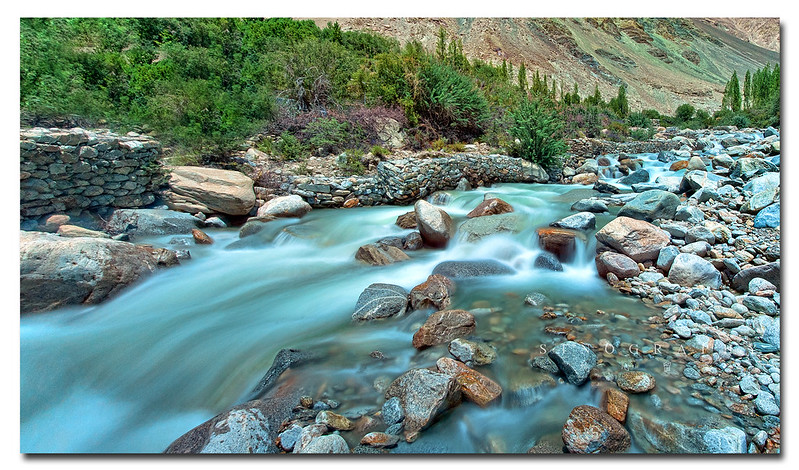
Kyagar village
20th Kushok Bakula Rinpoche, Thubstan Nawang or Stanzin Nawang Jigmed Wangchuk, (born 24 November 2005) was born in Kyagar village in Nubra valley in Ladakh and has been introduced to the monastic life in Samstanling Gonpa before enthroned on 6 August 2010 in Pethup Gonpa in Spituk. He believed to be the 19th reincarnation of Kushok Bakula Rinpoche.
:thumbsup: Nice series.
keep it coming.
Thanks for the encourgement!! Sino realli feel grateful!!! Hehehe...

Nubra Vally - Panamik hot springs
Nubra Valley is about 150 km north of Leh, the capital town of Ladakh, India. Local scholars say that its original name was Ldumra (the valley of flowers). The Shyok River meets the Nubra or Siachan River to form a large valley that separates the Ladakh and the Karakoram Ranges. The average altitude of the valley is about 10,000 ft. above the sea level. The common way to access this valley is to travel over the Khardung La from Leh. Non-locals require an Inner Line Permit (obtainable in Leh town) to enter Nubra.
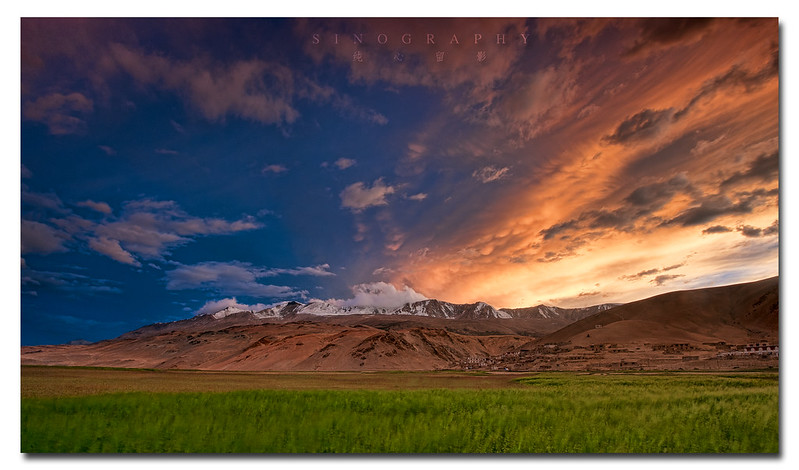
Sunset @ Tsomoriri
Tsomoriri or Lake Moriri (official name: Tsomoriri Wetland Conservation Reserve), in the Changthang (literal meaning, northern plains) area, is a High Altitude Lake (HAL) with an altitude of 4,595 m (15,075 ft) in Ladakh, India and is the largest of the High Altitude Lakes in the Trans-Himalayan biogeographic region, entirely within India. It is hemmed between Ladakh in the North and Tibet in the east and Zanskar in the west; the Changthang plateau is the geographical setting with snow peaks that provides the source of water for the Lake. Accessibility to the lake is limited to summer season only. Tsokar means salty lake in local language and salt was extracted from this lake in earlier times, till the end of 1959, for consumption by the local people. It is oligotrophic in nature and its waters are alkaline. The lake formerly had an outlet to the south, but it has contracted considerably and has become land locked; as a result; the water is now brackish to saline. The lake is fed by springs and snow-melt in two major stream systems, one entering the lake from the north, the other from the southwest. Both stream systems create extensive marshes where they enter the lake

Tsomoriri
Tsomoriri or Lake Moriri (official name: Tsomoriri Wetland Conservation Reserve), in the Changthang (literal meaning, northern plains) area, is a High Altitude Lake (HAL) with an altitude of 4,595 m (15,075 ft) in Ladakh, India and is the largest of the High Altitude Lakes in the Trans-Himalayan biogeographic region, entirely within India. It is hemmed between Ladakh in the North and Tibet in the east and Zanskar in the west; the Changthang plateau is the geographical setting with snow peaks that provides the source of water for the Lake. Accessibility to the lake is limited to summer season only. Tsokar means salty lake in local language and salt was extracted from this lake in earlier times, till the end of 1959, for consumption by the local people. It is oligotrophic in nature and its waters are alkaline. The lake formerly had an outlet to the south, but it has contracted considerably and has become land locked; as a result; the water is now brackish to saline. The lake is fed by springs and snow-melt in two major stream systems, one entering the lake from the north, the other from the southwest. Both stream systems create extensive marshes where they enter the lake
Similar threads
- Replies
- 0
- Views
- 728
- Replies
- 0
- Views
- 271
- Replies
- 0
- Views
- 210
- Replies
- 0
- Views
- 399
- Replies
- 0
- Views
- 597



